It is truly an irony for the ages when you realize that the setting in Magritte’s Not to be Reproduced has been reproduced in another of his bizarre paintings.
Even if you know next to nothing about René Magritte, you probably know that his paintings are pretty out there. Some are just downright strange. But did you know that Magritte could have almost been an entirely different artist? He experimented with Futurism and Cubism before his introduction to Surrealism when he first saw the works of Giorgio de Chirico and Max Ernst. Magritte soon discovered that the weirdness of Surrealism wasn’t just a way of painting. It was an entire philosophy, and some took its creed quite seriously.
One such person was Edward James, a British poet and patron of many now-infamous Surrealist works. James had inherited a huge fortune at the age of four and decided that the best way to spend this money was to foster artistic creativity. As a rule, he never bought art from established artists; James believed that they did not need his support. Instead, he found young artists and thrusted them to fame. He was an early patron of both Magritte and Salvador Dalí, and he even came up with the idea for Lobster Telephone!
James discovered Magritte at the International Surrealist Exhibition of 1936 in London. Although the English public didn’t really get Magritte, James was positively smitten with the young Belgian. After the exhibition, James commissioned three paintings that he planned to display in an equally eccentric way. He placed the works behind two-way mirrors in the ballroom of his London home. Visitors could only see them when James wanted them to appear; he did this by placing lights behind the mirrors, and the works materialized when he turned the lights on.
Not to be Reproduced was one of the three works that James commissioned in 1937, and it’s actually a portrait of the patron himself. Imagining the context in which it was originally shown, as a sort of illusion created with lights and mirrors, makes the motifs within the painting even more exciting. The work centers on the logic of reflections, and reflections ultimately played a role in the ghostly appearance of the painting itself. Despite James’s incorrect reflection, the book that lies on the mantle – Edgar Allen Poe’s The Narrative of Arthur Gordon Pym – does have a proper reflection. The book is a nod to one of Magritte’s favorite authors, as well as a way to further confuse his viewers. Both the book and the painting are unreliable narratives that have their own bizarre laws of nature.
Two years later, Magritte thwarted expectations once again – this time, with the notion of reproduction. What was first labeled as unreproducible was, in fact, eventually reproduced. The fireplace and gilded mirror in Not to be Reproduced reappeared in the 1938 painting Time Transfixed. We are actually trapped within the same, strange world that Magritte created in James’s portrait! And lord help us if we are left to the whims of this strange Surrealist.





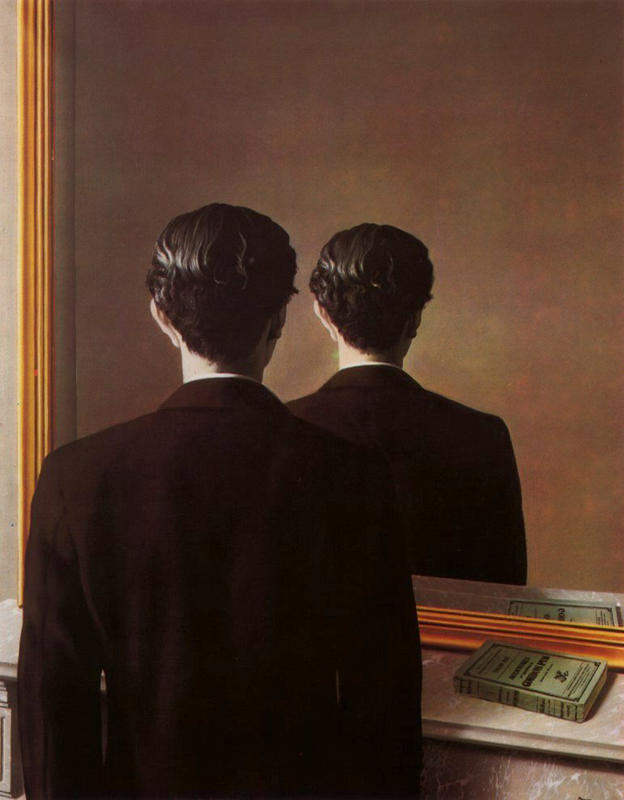
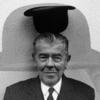

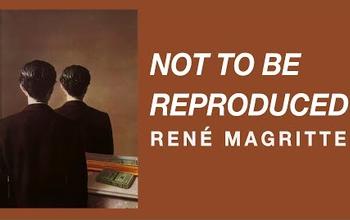

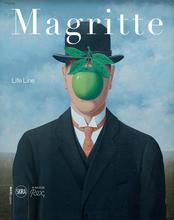












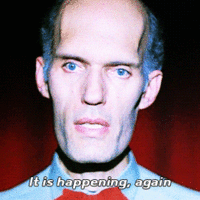
I'm searching for the MAN IN THE MIRROR